Typical poverty reduction models
Dong Tra Bong is a mountainous commune in Quang Ngai, the lives of people here have long been closely linked to fields and hills. However, from the hardship, many households have boldly changed their ways of doing things, applied technical advances, linked production, improved economic efficiency, and gradually escaped poverty.
Many typical models have been formed such as: developing hybrid acacia trees, growing grapefruit, raising fish in cages, raising native pigs... These methods help people have a stable income, from several tens of millions to more than 120 million VND/year, a dream number for people in the mountains.
Considered by the locals as a “role model of overcoming difficulties”, Mr. Do Van Nam (residing in Binh Tan village), who started his business with small-scale farming, has now developed a model of raising native pigs combined with free-range ducks. Thanks to his perseverance, mastery of techniques and stable output, Mr. Nam earns more than 120 million VND each year, which is not a small amount for a mountainous household. For three consecutive years, he has been awarded a certificate of merit by the Chairman of the Provincial People's Committee as “Good farmer in production and business at the provincial level”.
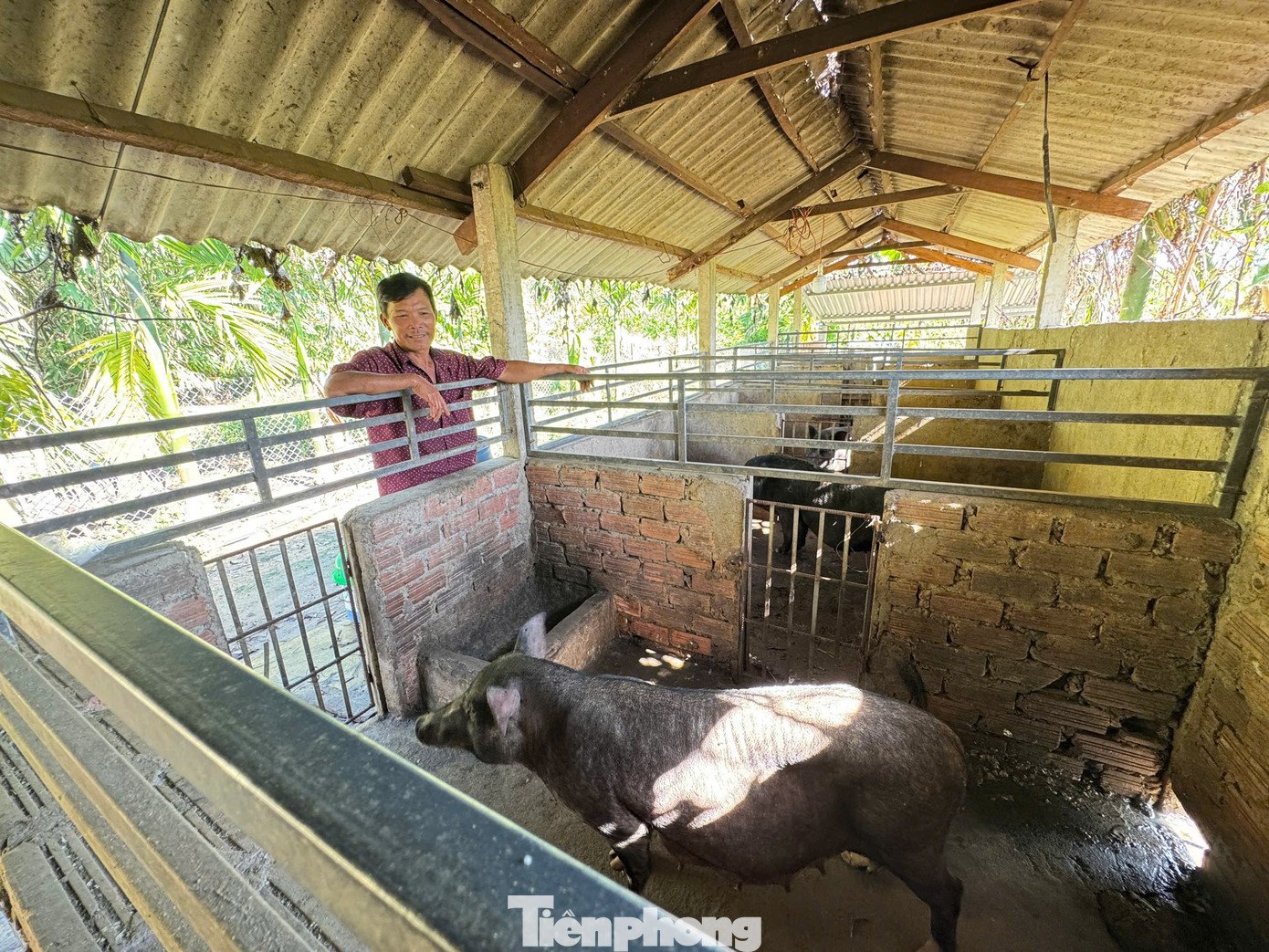
Mr. Do Van Nam's native pig farming model in Dong Tra Bong commune.
What is more valuable is the spirit of sharing. Mr. Nam does not keep secrets to himself, but is always willing to lend capital to poor households, impart farming techniques, and even go to the local people to guide them on how to do it. “If we can do it, so can everyone else, as long as they are diligent. I hope the whole community can escape poverty, and no one is left behind,” Mr. Nam said.
In addition to their own efforts, over the years, thanks to the policy capital for sustainable poverty reduction, many households in Dong Tra Bong commune have gradually improved and stabilized their lives. The case of Mr. Dinh Viet Duy, a near-poor household in the commune, is the clearest proof.
In 2023, from the sustainable poverty reduction policy fund, Mr. Duy was supported with 2 breeding cows. Realizing the potential, he continued to borrow more capital to buy 3 more breeding cows. After only 2 years, the cows began to reproduce. “Thanks to the support policy and the help of the locality, my family has the opportunity to escape poverty, pay off debts and stabilize their lives. With the current number of cows, I believe that raising cows alone can bring in at least 50 million VND/year. The family will gradually escape difficulties, pay off debts and have a more stable life,” Mr. Duy said happily.
The government accompanies the people
According to statistics from the People's Committee of Dong Tra Bong commune, the commune currently has 370 poor and near-poor households, accounting for nearly 10% of the population (111 poor households, 259 near-poor households). Each year, this rate decreases by 1-2%, but to achieve the target of reducing by 50% according to the Sustainable Poverty Reduction Program for the period 2021-2025, this is still a big challenge.
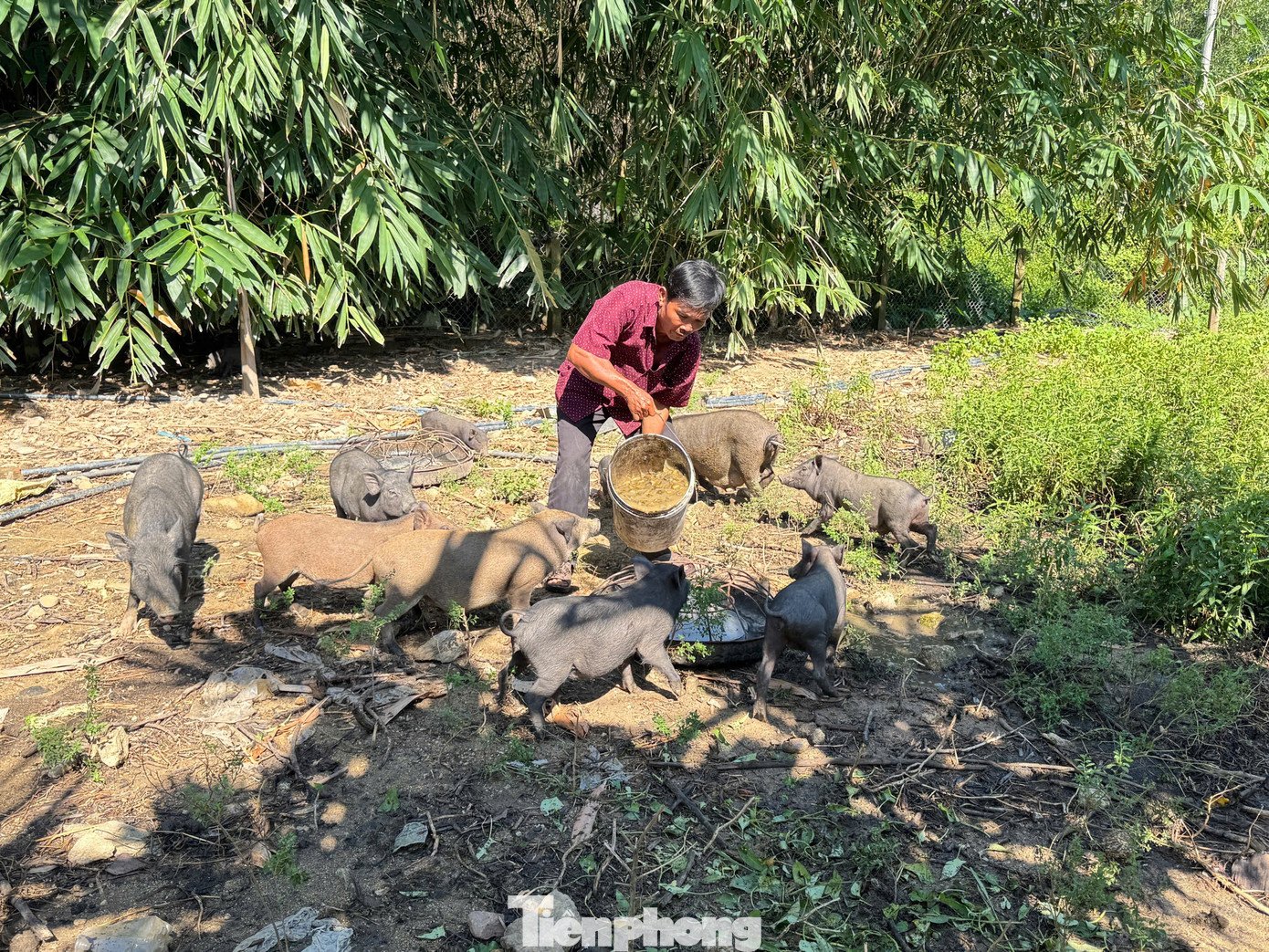
Thanks to his perseverance, mastery of techniques and stable output, Mr. Nam earns more than 120 million VND each year.
Based on that reality, in recent years, the commune has implemented many livelihood support policies. In the period of 2022-2024, from policy funds, the locality has allocated 453 crossbred cows, 32 grass-fed cows, and 4 breeding bulls to 55 poor households, 200 near-poor households, and 14 newly escaped-poverty households. In parallel, Dong Tra Bong commune organized more than 30 training classes on cattle raising techniques and 10 classes on wet rice cultivation techniques, helping people apply them to actual production. These models are proving effective, with many households starting to have a more stable income than before.
Mr. Le Minh Vuong - Chairman of Dong Tra Bong Commune People's Committee said that, besides the achieved results, poverty reduction work still faces many difficulties. Commune officials have many tasks, making it difficult to closely monitor each household. The process of appraisal, approval and capital disbursement is slow and cumbersome, leading to delays. The integration of national target programs is not really synchronous. In particular, most poor households are elderly people living alone, with little land for production or low qualifications, so it is difficult to make the most of support resources.
According to Mr. Vuong, to overcome this, the commune government recommends focusing resources on the most difficult areas, especially the highland villages of the commune. Basic infrastructure such as inter-village roads, irrigation works, schools, and medical stations must be prioritized to facilitate production and daily life. "Only when there are roads, water, and schools can people feel secure in production and children can study properly," Mr. Vuong emphasized.
In addition, it is necessary to increase support for people to access basic social services: jobs linked to business needs, vocational training for female workers and disadvantaged youth, scholarships for poor students, upgrading medical equipment, and providing free health insurance cards for poor and near-poor households.
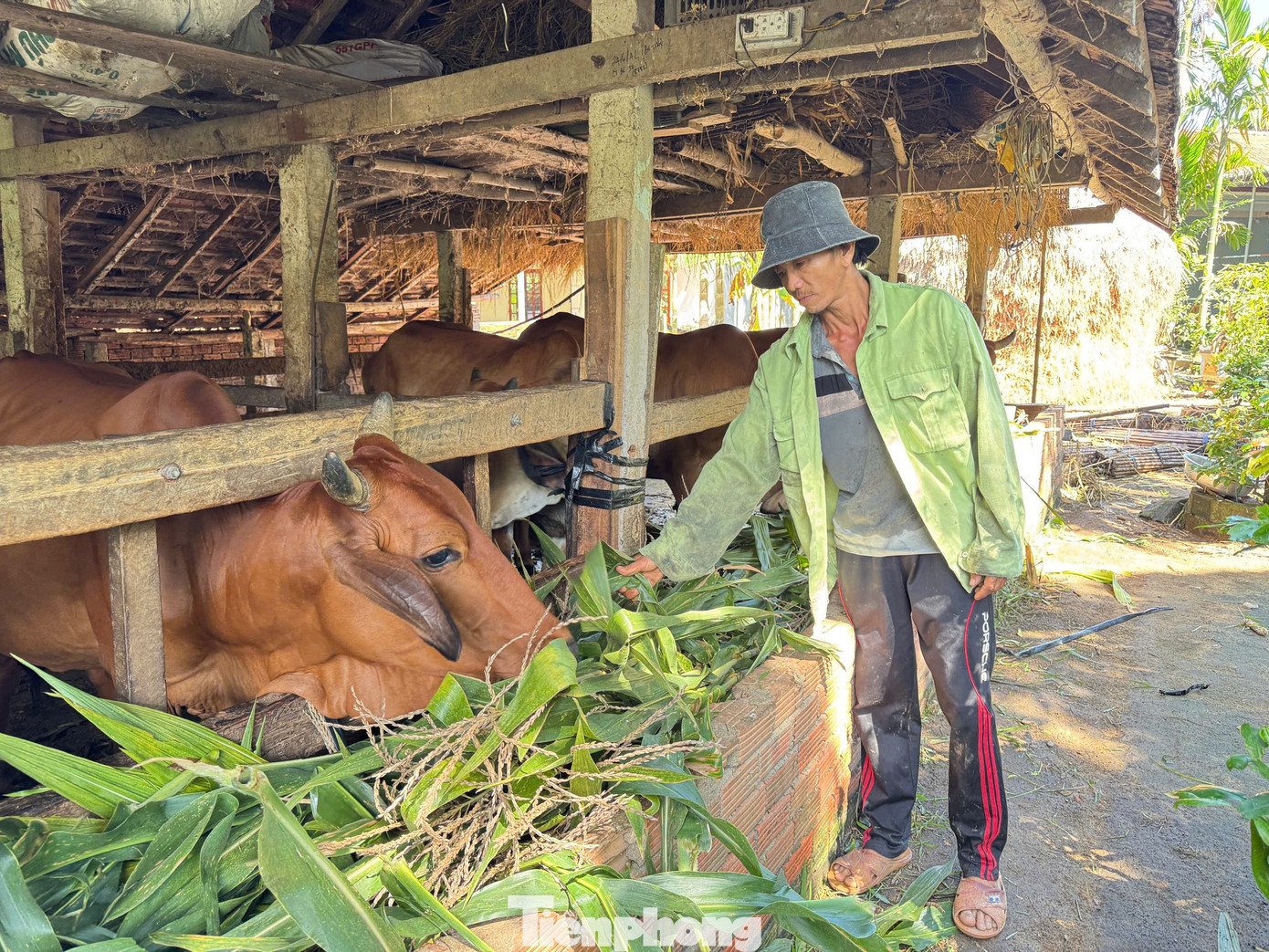
Mr. Dinh Viet Duy's breeding cows, which have been supported by the poverty reduction program for 2 years, have now begun to enter the reproductive stage.
According to Mr. Vuong, in the coming time, the commune will continue to promote the application of information technology in poverty reduction work, training people to use smartphones and computers to look up information on agricultural markets, which will help people quickly access new opportunities. Along with that, the locality wishes to increase training for village officials and poverty reduction collaborators, promote community supervision to ensure that all policies are implemented publicly, transparently and to the right subjects.
“Sustainable poverty reduction is not just about providing capital or seeds, but more importantly, changing production thinking and improving people’s capacity. The commune government will continue to stand side by side with the people and call on the whole society to join hands so that no household is left behind,” said Mr. Vuong.
From small but effective farming and livestock models, to strong support from the government, Dong Tra Bong commune is drawing a new picture of poverty alleviation. However, to achieve the goal of sustainable poverty reduction, the locality needs more community cooperation and attention.
Source: https://tienphong.vn/thoat-ngheo-ben-vung-cau-chuyen-tu-dong-tra-bong-post1780559.tpo





![[Photo] National Assembly Chairman Tran Thanh Man attends the VinFuture 2025 Award Ceremony](/_next/image?url=https%3A%2F%2Fvphoto.vietnam.vn%2Fthumb%2F1200x675%2Fvietnam%2Fresource%2FIMAGE%2F2025%2F12%2F05%2F1764951162416_2628509768338816493-6995-jpg.webp&w=3840&q=75)
![[Photo] 60th Anniversary of the Founding of the Vietnam Association of Photographic Artists](/_next/image?url=https%3A%2F%2Fvphoto.vietnam.vn%2Fthumb%2F1200x675%2Fvietnam%2Fresource%2FIMAGE%2F2025%2F12%2F05%2F1764935864512_a1-bnd-0841-9740-jpg.webp&w=3840&q=75)

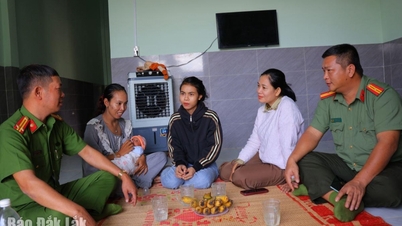

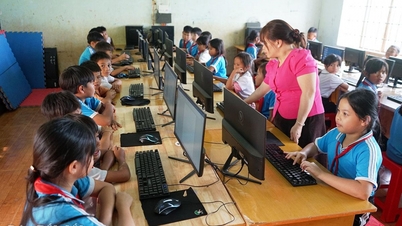
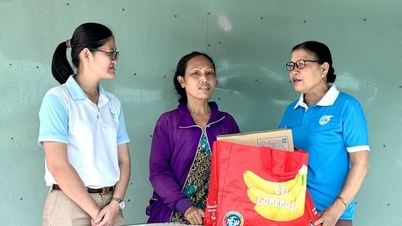

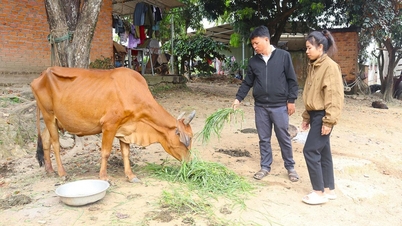
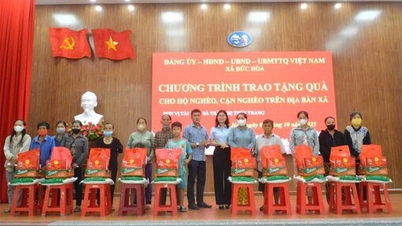
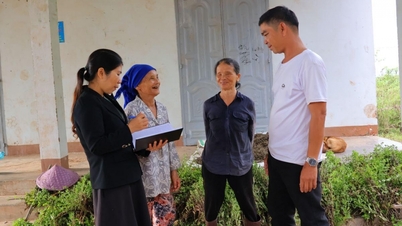
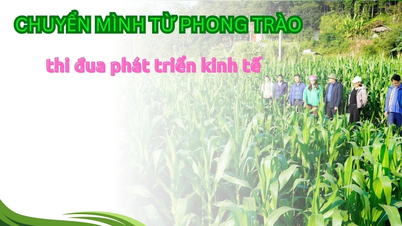

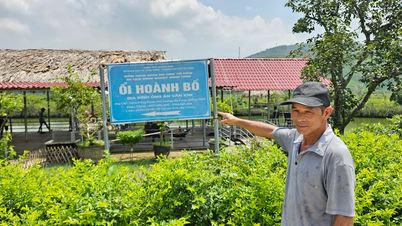
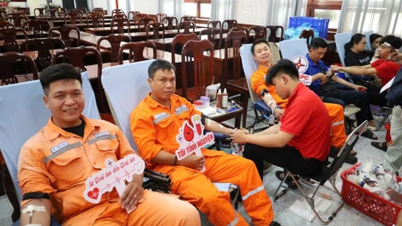

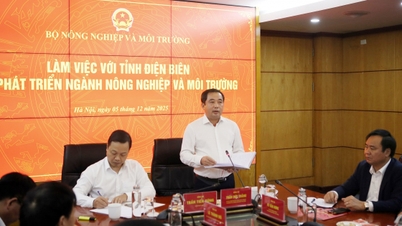

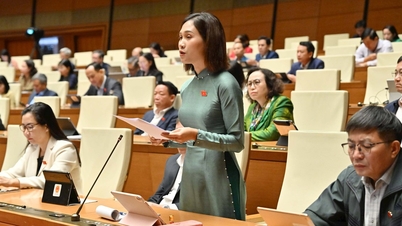

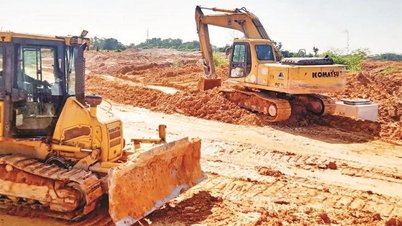









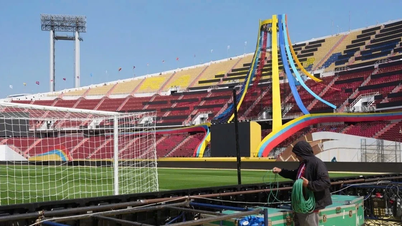
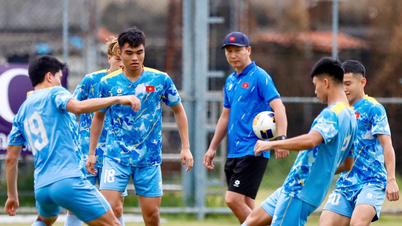
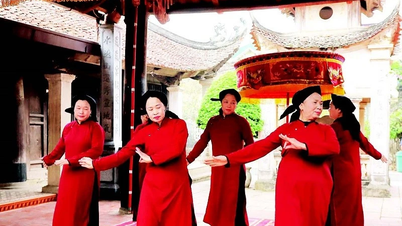
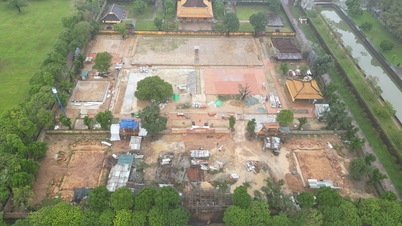





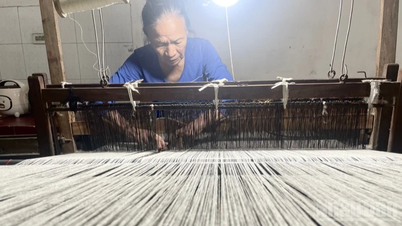
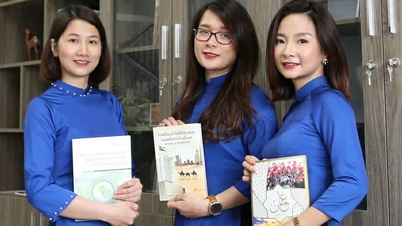

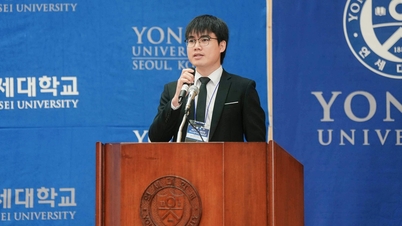










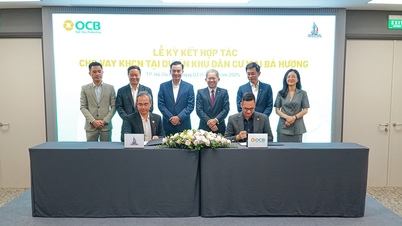
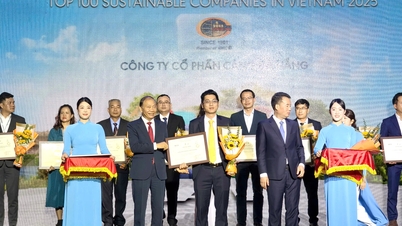
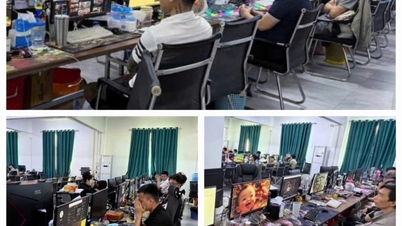
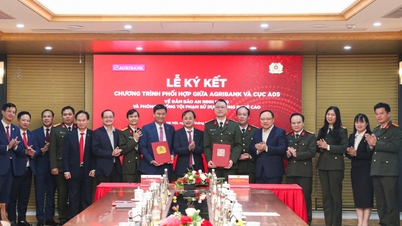

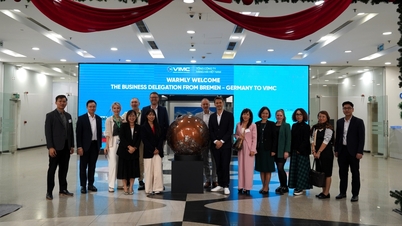








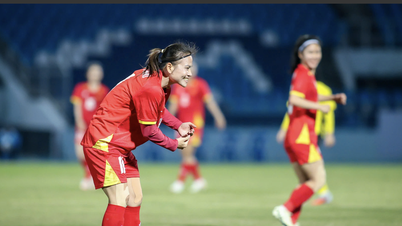



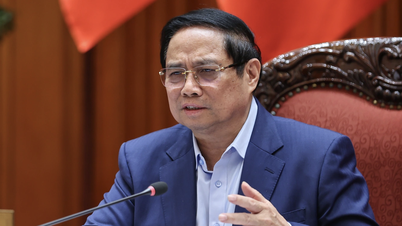




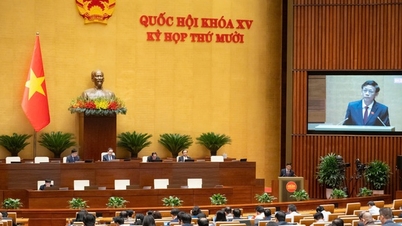

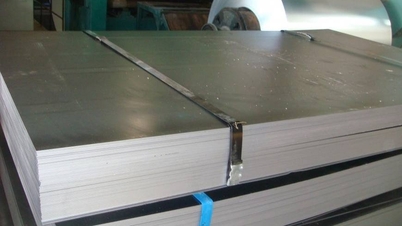

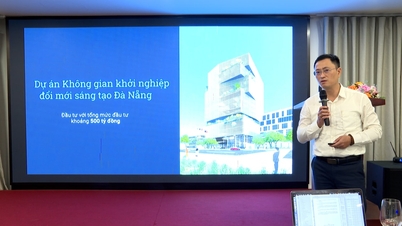

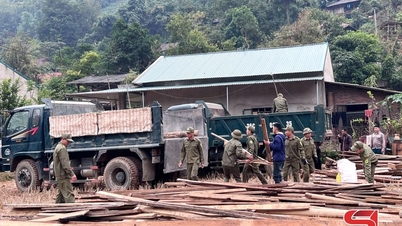

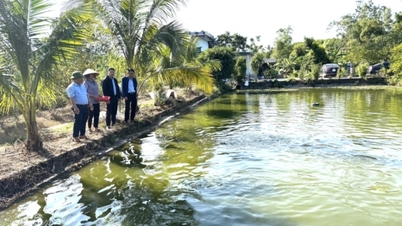

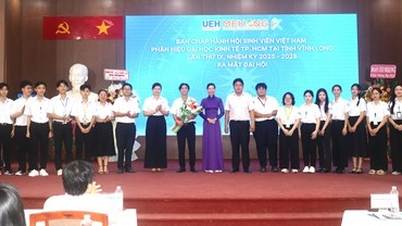


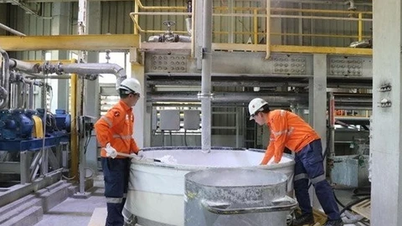


















Comment (0)